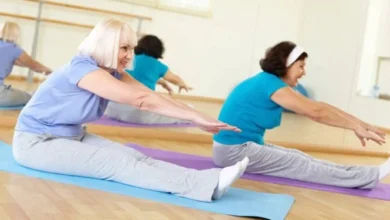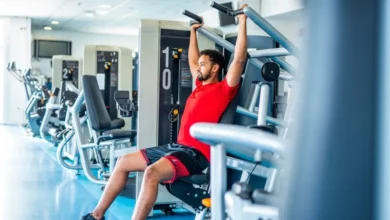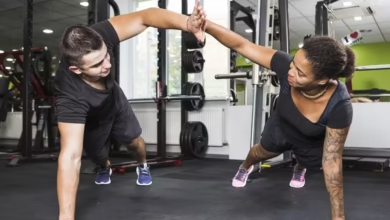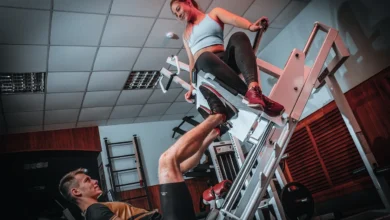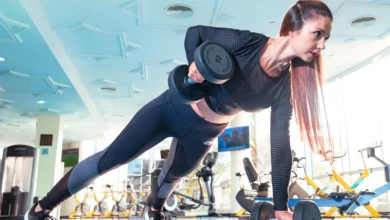Squat: 8 Powerful Reasons to Practice Regularly
Squat: 8 Powerful Reasons to Practice Regularly
See more CONTENT like this. Follow our PAGE
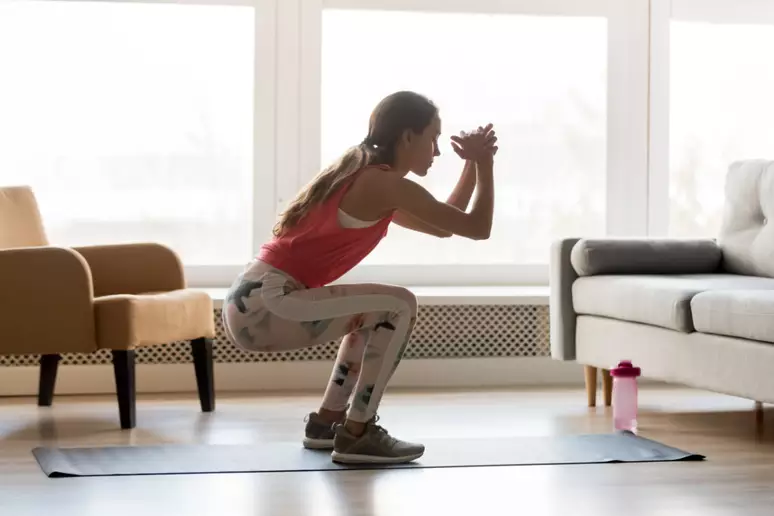
Squat practice regularly brings strength, mobility, and functionality to the entire body
The squat is one of the most complete exercises you can do — and for good reason. Beyond just training your legs, the squat engages the glutes, core, hips, and stabilizing muscles while promoting proper posture. Including squat practice regularly in your workout routine delivers a wide range of integrated health and performance benefits. Here are the eight most important reasons:
1. Strengthens overall musculature
Squats stimulate the quadriceps, glutes, hamstrings, and core. This multi-muscle recruitment builds total-body strength and enhances performance in more complex exercises.
2. Improves mobility and flexibility
When performed with proper technique and depth, squats enhance hip, knee, and ankle mobility. This leads to a greater range of motion and reduces the risk of injuries during daily activities or sports.
3. Supports weight loss
Working multiple muscles at once significantly increases calorie burn during and after training. Plus, building muscle mass boosts your basal metabolic rate, which helps burn more calories even at rest.
4. Enhances core stability, posture, and balance
Proper squat form requires a neutral spine, which strengthens the core and improves posture. This translates into safer and more efficient daily movements, like standing up from a chair or walking upright.
5. Protects bone health
As a weight-bearing exercise, squats create mechanical stress that strengthens bone mineral density. This is crucial in preventing osteoporosis and fortifying the skeletal system, especially the spine, hips, and legs.
6. Boosts natural hormone production
High-intensity compound movements like squats stimulate the release of anabolic hormones — such as testosterone and growth hormone (GH). These hormones are vital for muscle growth and faster recovery.
7. Accessible and adaptable for everyone
Squats can be performed anywhere without equipment, using just body weight. To progress, there are countless variations — jump squats, Bulgarian squats, sumo squats — each adding intensity and new muscle activation.
8. Improves functional capacity
Squats prepare the body for essential everyday movements, like bending to pick something up or standing up from the floor. Over time, this enhances quality of life and independence, particularly for daily tasks.
How to include squat practice regularly in your routine
- Prioritize technique first: Keep a neutral spine, align knees with toes, and ensure heels stay grounded. Lower until thighs are parallel to the floor, controlling every phase.
- Frequency matters: Perform squats at least 2–3 times per week, adjusting intensity as you progress.
- Progress safely: Start with bodyweight squats, then gradually incorporate variations with jumps, bands, or added weights.
- Combine with complementary moves: Pair squats with glute bridges, lunges, and core training for a more complete workout.
- Don’t neglect recovery: Nutrition, rest, and sleep are crucial to maximize the benefits of squat training.
Conclusion
Defining the role of squats in your weekly training is essential for strength, mobility, bone health, and overall functionality. When you squat practice regularly, you not only build a stronger physique but also improve your quality of life and long-term health.

Hello! My name is Alan Teixeira and I am passionate about helping people live healthier, more balanced lives. From mindful eating to daily habits that promote physical and mental well-being, I believe that small, consistent changes can lead to powerful transformations.
I created this blog to share practical tips, reliable information, and thoughtful insights that can inspire you to take better care of yourself—with balance, mindfulness, and positivity.
If you are looking to improve your health, nourish your body, and build a lighter, more fulfilling routine, you are in the right place. Welcome!

